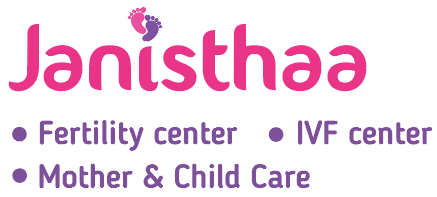Fertility clinics often publish success rates as a way of advertising their services and demonstrating their effectiveness in helping patients conceive. But figuring out how to interpret these success percentages can be tricky. We will explore what fertility clinic success rates mean, how they are calculated, and how patients can interpret them.
What Are the Success Rates of Fertility Clinics?
Success rates for fertility clinics relate to the proportion of people who successfully conceive after receiving reproductive treatment. These rates can be presented in a number of different ways, such as the proportion of cycles that ended in a live birth or the proportion of patients who became pregnant within a specific time period. In general, higher success rates show that a clinic is more likely to be able to assist patients in getting pregnant.
How Are Success Rates at Fertility Clinics Calculated?
The number of live births divided by the total number of treatment cycles is commonly used to calculate the success rates at fertility clinics. Many variables, including the patient’s age, the chosen kind of treatment, and the particular reproductive problem being addressed, might make this calculation difficult. The number of eggs collected, the caliber of the embryos created, and the number of embryos transferred, for instance, may all have an impact on the success rates of patients undergoing in vitro fertilization (IVF).
It is significant to note that success rates can differ significantly between clinics and even within the same clinic, depending on elements including the patient’s age and health, the particular reproductive issue being addressed, and the type of treatment employed. In order to make wise choices concerning fertility therapy, it is crucial to carefully analyze and interpret success rates.
How Should Patients Understand Success Rates at Fertility Clinics?
It can be difficult to interpret the success rates of fertility clinics because success rates alone do not give a clear picture of a clinic’s effectiveness or quality. When comparing fertility clinics, it’s critical for patients to take into account a range of aspects, such as the facility’s history and reputation, the staff’s training, and the scope of the treatments provided.
Also, patients need to be aware of possible biases in the success rates at reproductive clinics. Patients who have concerns or questions should thoroughly analyze the formula used to determine success rates and ask them.
The outcome of a patient’s reproductive treatment depends on a number of factors outside the control of the clinic or the patient, and patients should be aware of this. It is important for patients to enter fertility treatment with a realistic understanding of the risks, benefits, and related emotional and financial implications.
Conclusion
Success rates at fertility clinics are important but should be considered along with other factors such as the clinic’s reputation, staff qualifications, and range of services. Patients should also be aware of potential biases and limitations in success rate reporting and approach fertility treatment realistically. Working with a licensed and experienced fertility clinic can improve the chances of successful pregnancy and starting a family.
High Pregnancy Success Rates: Our Commitment to Your Family
At Janistaa IVF, we are dedicated to providing our patients with the best possible care and treatment options to help them achieve their goal of starting a family. We are proud to report our pregnancy rates from October 2022 which demonstrate our commitment to success.
“During this period, our pregnancy rates were consistently high”


These rates are a testament to the skill and expertise of our fertility specialists and staff, who work tirelessly to provide our patients with personalized and comprehensive care.
We understand that success rates are an important factor when choosing a fertility clinic, and we are proud to offer our patients some of the highest rates in the industry. However, we also recognize that success rates can vary based on individual circumstances, and we approach each patient’s treatment plan with care and consideration for their unique needs and goals.
We are committed to helping our patients achieve their dreams of starting or growing their family, and we believe that our high success rates are a reflection of our dedication to that mission.

